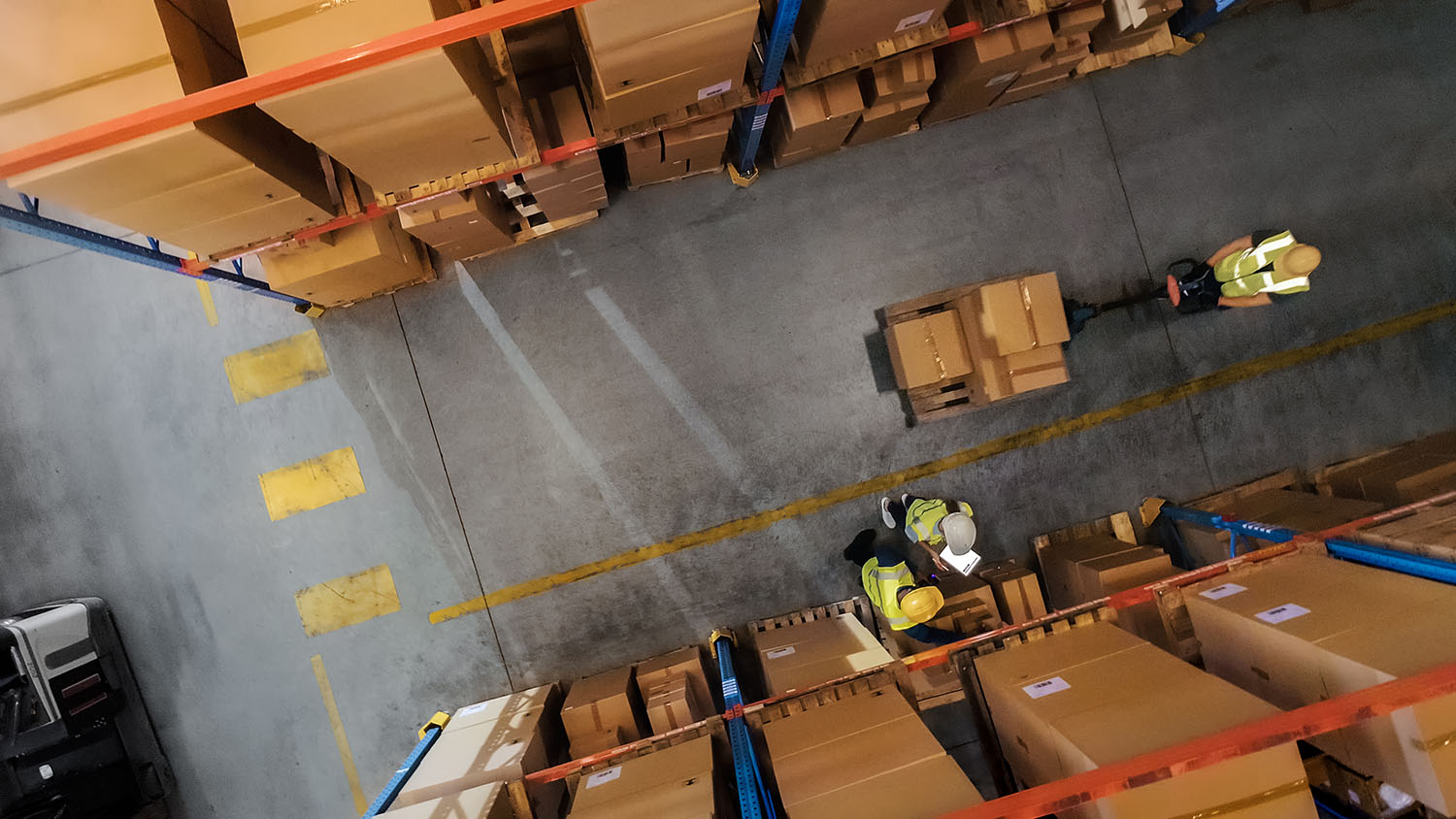Warehouse management systems provide organizations with a centralized resource to streamline all areas of workflows and supply chains. In order to make the most of this technology, your WMS should be paired with essential integrations that support all areas of the business. By integrating these systems, companies are able to consolidate data and communications across all areas of the business, ensuring optimal workflows and a streamlined supply chain.
What is WMS integration?
WMS integration allows various systems to pass information to one another in order to keep information on both systems cohesive and accurate. Integrations ensure information is instantly passed through each system, essentially creating a bridge between the systems.
WMS may send information about vendors, purchase order history, return information and item information. Any time information is changed or added, it will be changed and added across both platforms.
The benefits of WMS integration
Warehouse management systems provide the software to ensure accurate warehouse operations information is spread across relevant workflows and stakeholders.
-
- Full transparency of business functions
- Access order information in real-time
- Monitor work processes across all levels
- Optimize asset and equipment utilization
- Automate inventory control
- Determine inefficiencies across departments
- Assess and mitigate potential risks with the supply chain
- Streamline workflows across departments
- Improve customer satisfaction through transparency
- Save time usually spent on paperwork and manual data entry
What are the different types of WMS integrations?
There are a number of integrations you may require to effectively optimize your WMS and business workflow.
ERP (Enterprise resource planning)
ERP manages the day-to-day business activities, including accounting, procurement, supply chains and project management. ERP integration ensures that all information regarding warehousing operations is communicated across all areas of the business. This visibility allows different areas of the business to work together effectively with access to the same centralized, accurate information.
TMS (Transport management systems)
Transport management systems handle the logistics around the physical movement of goods. By tying your TMS with your WMS you gain better insights into operational efficiency, which helps with forecasting, decision making and auditing of demand planning and space allocation.
CRM (Customer relationship management)
CRMs manage all interactions and communications with customers and potential customers to support improving business relationships and business growth. Through integration, relevant departments receive access to customer tracking, order capture and order processing, as well as testimonials and customer satisfaction insights.
YMS (Yard management system)
Yard management systems allow operators to gain full visibility of their yard deployments across drivers, trucks and shipments. Yard management helps with container management, managing the movement of shipments and ensuring the safety of staff.
LMS (Labor management system)
Labor management systems help to keep track of productivity and efficiency across your employees and gain better insights into labor allocations. If you manage multiple teams across multiple locations, an LMS allows you to still visualize output without needing to be in two places at once.
Tailoring your integrations to your needs
No two businesses are the same, and some integrations may be essential for some but not necessary for others. Before integrating a WMS, it’s a good idea to perform an audit on your current systems to ensure an optimized supply chain and workflow.
How to effectively integrate your WMS into your existing systems
Assessing your integrations
Business-wide, take a look at your existing systems and your expected integrations. Consider the role these systems will play and what features are required and in which area of the business they’re required.
Removing redundancies
By assessing what role your systems play across operations you will quickly be able to determine what’s a must-have and what’s not needed. By removing unnecessary systems or overlapping resources you can reduce business expenditure and better streamline your WMS integration.
Compare with business goals and determine ROI
Make sure to compare integrations with overarching business goals; do your selected systems clearly support your KPIs? Can you easily identify the ROI in implementing the software? Consider factors like productivity, profitability and operational efficiencies.
Choose the right WMS
Lastly, the best way to ensure an optimal WMS integration is by choosing the right WMS to start with.
Da Vinci supports integration of a number of major software providers including:
-
- Shopify
- Amazon
- Walmart
- Woo commerce
- Big commerce
- Magento
- Brightpearl
- Infor
- Sage
- Acumatica
Da Vinci is also able to create custom integrations based on your business’ specific systems and processes. Our end-to-end platform has the adaptability to suit your unique business needs from start to finish.
If you’re ready to streamline your warehouse processes, get in touch with Da Vinci to request a demo of our end-to-end WMS.



